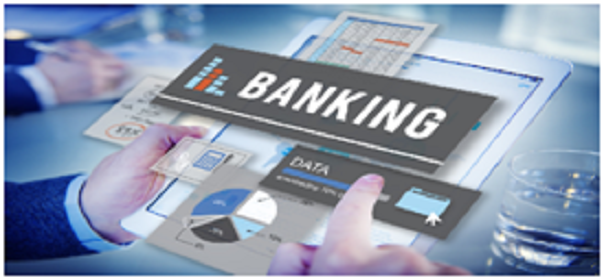Although banks are considered pioneers of process automation, they now find themselves playing catch-up in today’s consumer-led, digitized financial services landscape. Insurgent financial technology competitors are disrupting traditional banking worldwide, bringing to market an assortment of digitally innovative, multi-channel banking solutions.
Banks need to embrace three key facets of this service approach:
A command of open banking APIs
Banks can leap into digitization using application programming interfaces (API), which enable them to share data with developers and third-party partners. These partners can then develop valuable service offerings, such as mobile payment applications and peer-to-peer lending solutions. Banks must also be willing to tweak their role as active participants, but not necessarily owners, of the end-to-end customer experience.
A shift to solutions assembly
With the BaaS model, banks act as assemblers of financial management solutions, using componentized capabilities that facilitate plug-and-play operations. Componentization also promotes reuse, standardization and cost reduction.
A focus on innovation and the user experience
Provisioning data to external partners can facilitate innovative customer-oriented products, such as virtual intelligent banking assistants. These offerings could grow the customer base while simultaneously reducing costs.
Where exactly is the value in digital banking?
Our modeling indicates that European retail banks that pursue a full digital transformation, pulling all improvement levers, can realize improvements in earnings before interest, taxes, depreciation, and amortization of more than 40 percent over the next five years. Almost two-thirds of this potential value comes from the impact of digital on the cost base and loss provisions rather than from revenue uplift, which is why a focus beyond front-end investments is critical.
While the cost-saving opportunity for banks comes in many forms and touches every area of the bank, there are two areas that are especially significant and represent the bulk of the value: automation of servicing and fulfillment processes and migration of front-end activity to digital channels. On automation, European banks can realize 40 to 90 percent cost reductions in a range of internal processes through careful deployment of work-flow tools and self-servicing capabilities for customers and staff. On front-end transformation, beyond diverting existing branch activity into digital channels, digital tools can also be used to augment frontline servicing (for example, with iPad forms rather than paper forms, or videoconference access to specialists to maximize their utilization)—easily doubling staff productivity and enhancing the customer experience.
How to go digital
Going digital does not have to mean millions in new investment dollars or convulsive upheaval in IT. Sizable investment will no doubt be necessary in some areas, but in general, many of the elements banks need to exploit this opportunity may already be in place. Banks just need to leverage them better and invest in these targeted ways.
Maximize the use of existing technology. Many banks have widely deployed imaging and work-flow systems, online servicing, capacity-management software, interactive-voice-response systems, and other connectivity and work-management technologies. But they are not using them widely or well enough. One European bank, for instance, installed a new high-resolution-imaging platform but never fully enforced its use. Customer-service representatives continued to send documentation by fax, and the poor image quality led to significant inefficiency in downstream processing. Addressing this problem requires systematic evaluation of existing capabilities, their usage rates, and barriers to adoption.
Apply lightweight technology interventions. Banks can generate significant performance gains with surprisingly small targeted investments. Examples include wider deployment of tools like e-forms and work-flow systems, which can be implemented relatively rapidly, sometimes without deep integration into complex legacy architectures. The relationship managers and underwriters at one bank, for instance, got together with IT to design a stripped-down and user-friendly online loan application. The form automatically adapts to input data and guides underwriters on which risk processes to follow.
Advantages of going Digital:
Banks Reach: Historically, rural people have not enjoyed banking services. It is hard for banks to open branches in far-flung corners of the country. With digitization, only a mobile is sufficient for transactions. As a result, people from every corner can access same functionalities. Also, online transactions have played pivotal role in e-commerce.
Access From Home: The most important benefit of digitization is that it saves our time. We no longer need to wait in queues for long hours. Almost all banking facilities can be availed through digital media from home.
Cost-Efficient Solutions: At the same time, machines can perform tasks more cheaply than humans. Whereas salary of an employee needs to be hiked annually, cost of computation gradually decreases with time. As a result, banks will have larger profits.
Others: Curbing the use of counterfeit notes has been a challenge for years. When transactions will go completely online, this will be no longer threaten the economy.
Now, banks can easily collect feedback from customers. This will help them to provide better services. Another major advantage is that, big data analysis will help the banks to analyze data accurately leading to better decision making, more cost-effective solutions, and improved customer experience.
Researchers suggest that automation will result in lesser working hours. So, employees can be happier and more productive.

